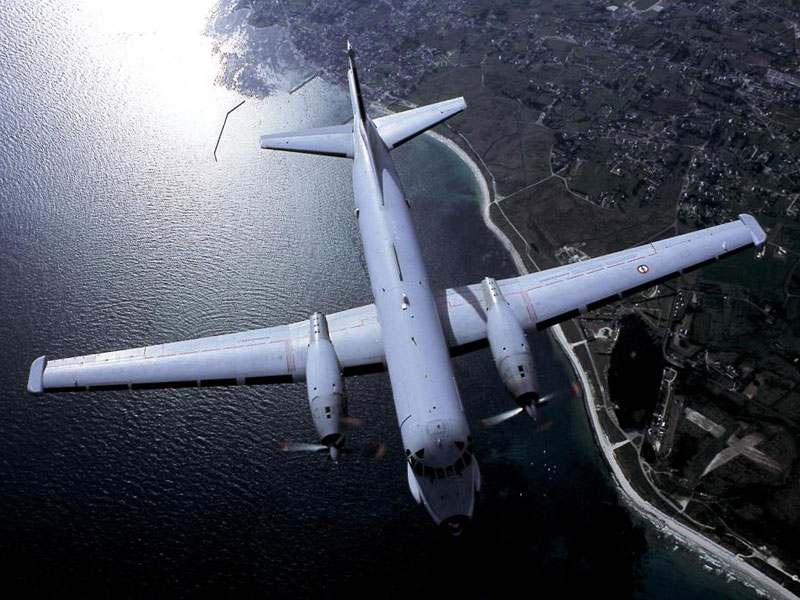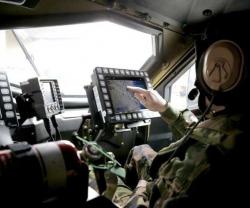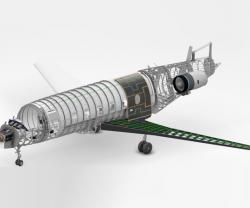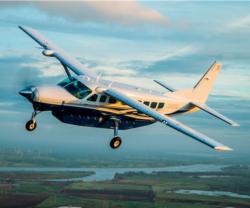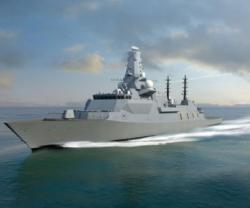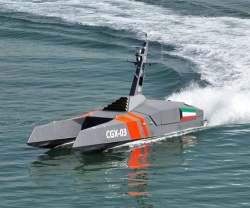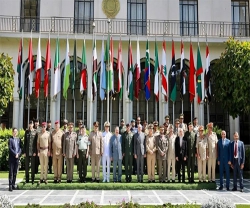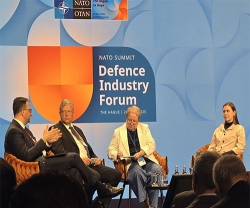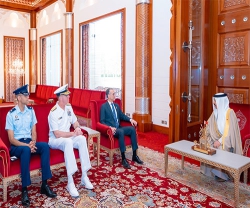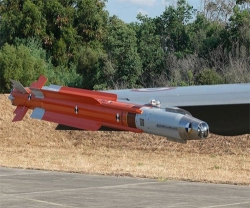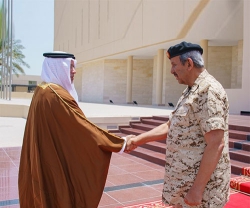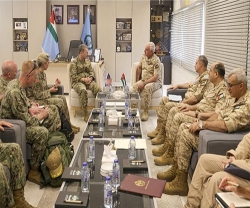Defense Minister Jean-Yves Le Drian signed the contract at a ceremony to celebrate the 50th anniversary of the Thales facility in Brest (French Brittany), in the presence of Laurent Collet-Billon (DGA), Eric Trappier (Dassault Aviation), Jean-Bernard Lévy (Thales), Patrick Boissier (DCNS) and Patrick Dufour (SIAé).
The contract was negotiated with the French Defense Procurement Agency (DGA) and calls for the modernization of the mission systems of fifteen ATL2s. The main aims of the program are to develop, then integrate on board the aircraft, next-generation technologies for a new tactical mission system and state-of-the-art sensor subsystems and display consoles. The integrated systems will be among the most sophisticated in the entire aerospace industry.
Apart from the United States, France is the only country to produce maritime patrol aircraft capable of deploying both advanced sensor suites (optronic, radar, acoustic) and a wide range of weapon systems (anti-ship missiles, torpedoes, laser-guided weapons).
The upgrade program will improve the ATL2's ability to deal with new and emerging threats under all weather conditions, both in strategic deterrence roles and in asymmetric conflicts involving quiet and stealthy submarines, high-speed craft, land vehicles, etc. The aircraft will be equipped to remain in operation beyond 2030.
The program will be conducted by Dassault Aviation and Thales (co-contractors) in partnership with DCNS and working with the SIAé.
Dassault Aviation will be in charge of developing the core system, including the LOTI (**) mission software developed by DCNS. Dassault will also be responsible for subsystems integration and the conversion of a "prototype" aircraft for flight testing.
Thales will develop the radar/IFF (***) subsystem and the latest-generation digital acoustic processing subsystem (STAN). The radar will benefit from the latest technologies based on those developed for the Rafale. The STAN subsystem will process signals from all existing and future sonobuoys, detecting targets over a wider frequency range and making it possible to counter new types of threats.
DCNS will develop the LOTI software, which will establish an overall tactical picture based on data from different sensors, and manage the deployment of torpedoes, missiles and other weapons. This collaborative system enables several operators to interact at the same time.
The SIAé will be responsible for developing the upgraded tactical display consoles and managing full-rate aircraft upgrade operations.
The program will help maintain key skills required by the defense industry in areas ranging from undersea warfare and next-generation acoustics to radars for combat and surveillance roles and complex systems architecture and integration. The development and production work will support jobs in several regions of France for both the main contractors and their partner SMEs.
Sensor developments will build on the results of government-funded advanced study programs in underwater detection and combat aircraft radars, including the RBE2 active electronically scanned array radar (AESA) developed for the Rafale.
(**) LOTI:2 LOTI: Logiciel Opérationnel de Traitement de l’Information (operational software for information processing)
(**) IFF: Identification Friend or Foe

